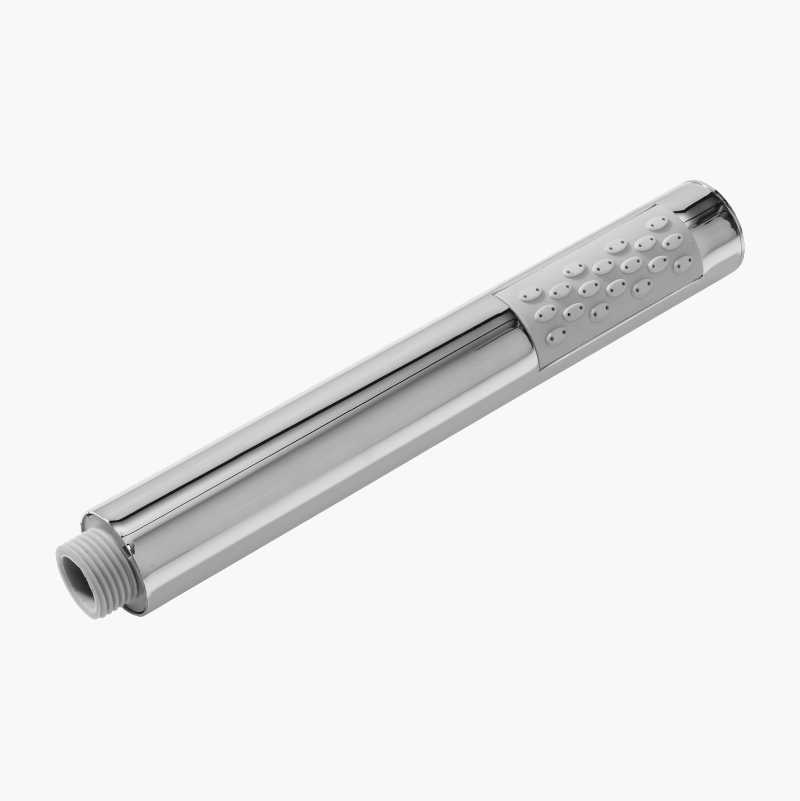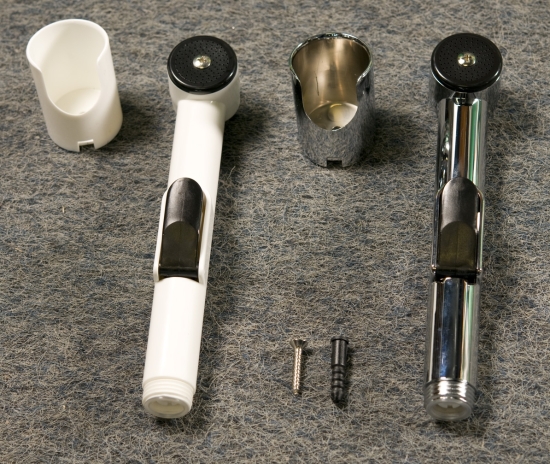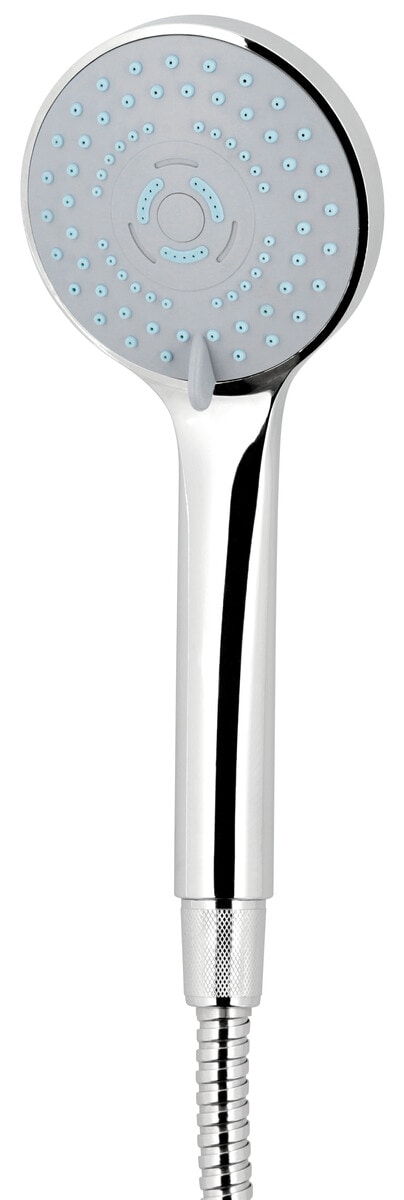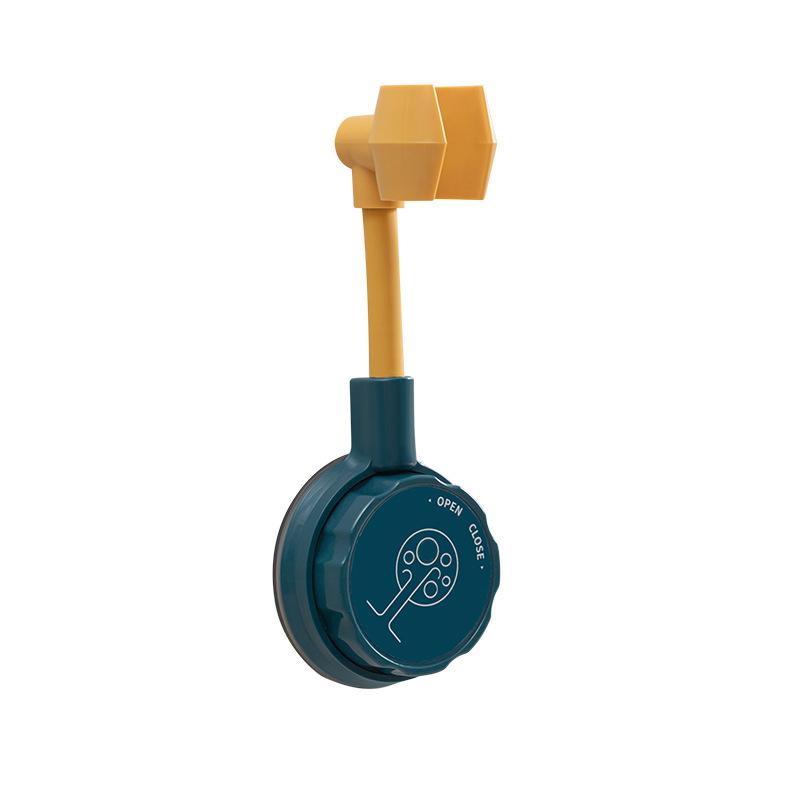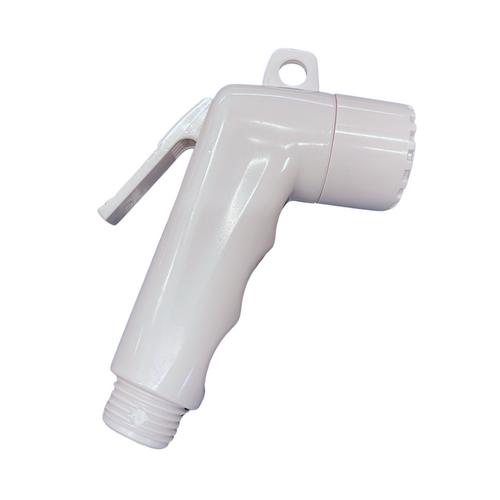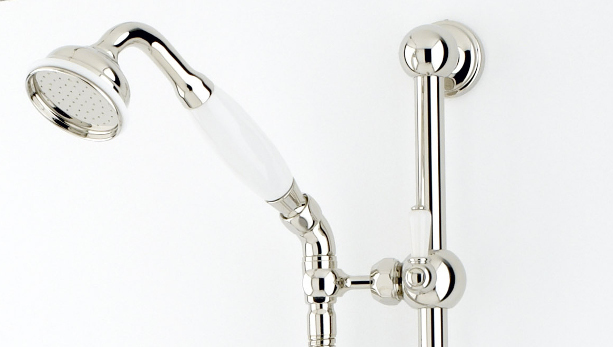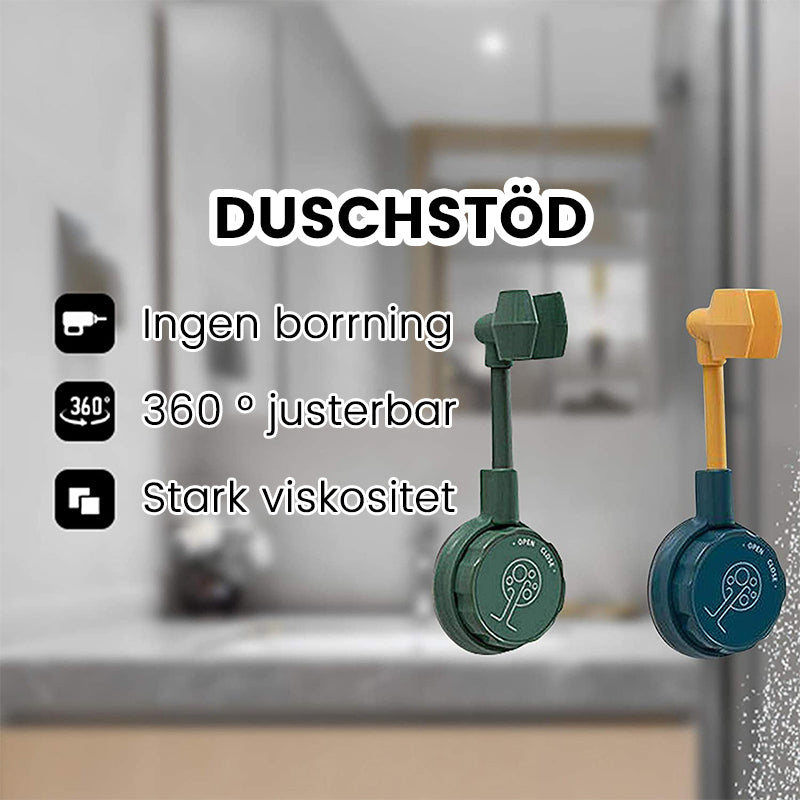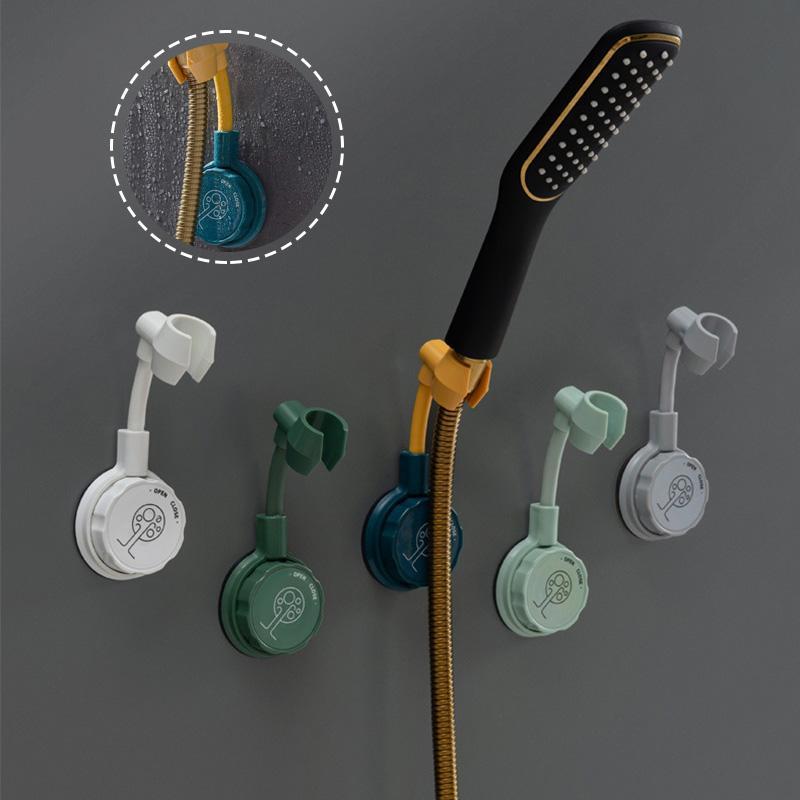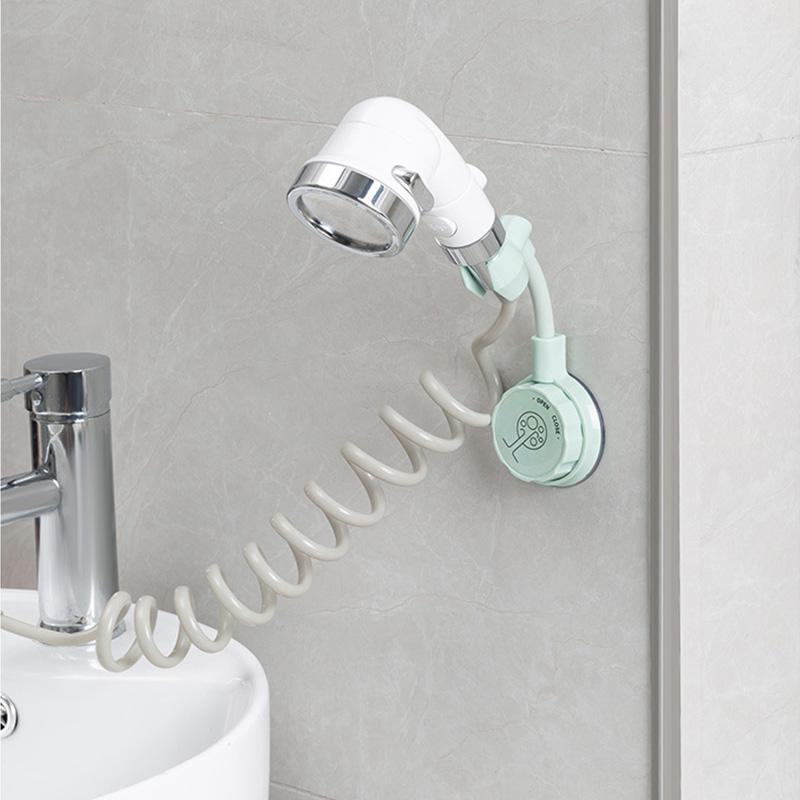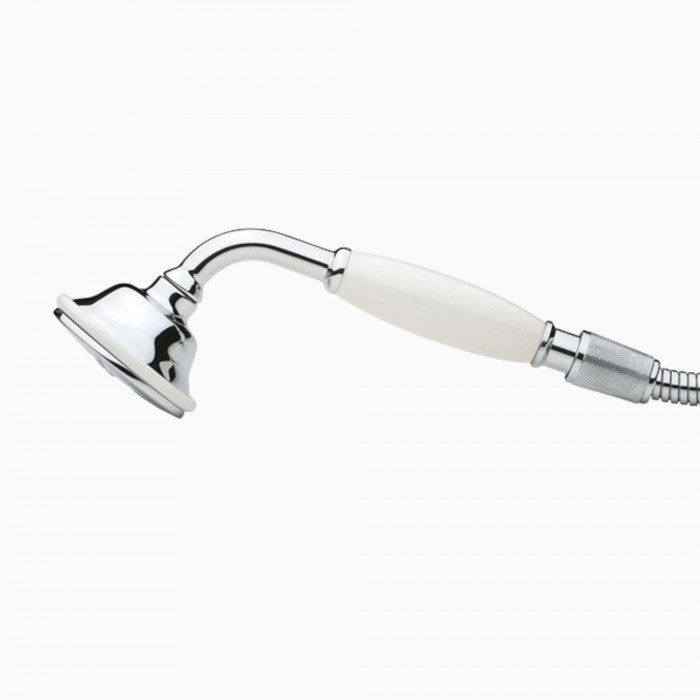
Halkfritt duschhandtag, bad duschhandtag, badrumshandtag badkar, badkarshandtag fäste, med lysande cirklar, halkfritt handtag, för funktionshindrade och äldre (29 cm) : Amazon.se: Hälsa, vård & hushåll

KOTARBAU® Badkarhandtag 200mm Handtag Duschhandtag hållare Vägg fäste Hållare för seniorer Badrumhandtag Svart : Amazon.se: Hälsa, vård & hushåll
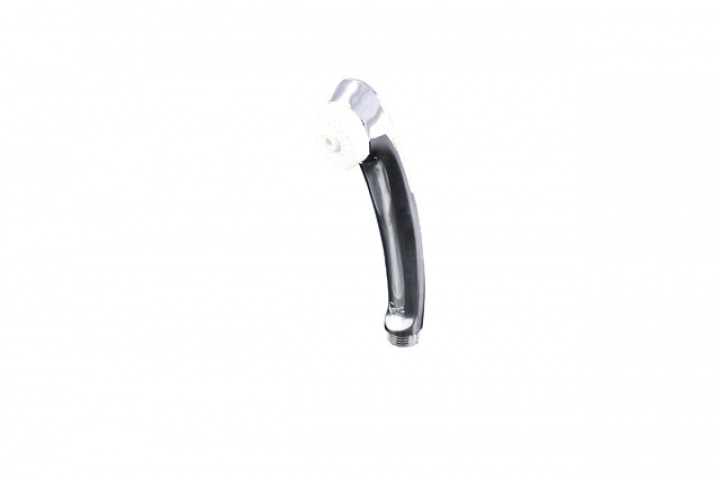
Duschhandtag Novo för Dethleffs, Reich | Duschhandtag - Dusch - Vatten & VVS - Husbil & Husvagn | Camping4u.se

Toaletthandtag i rostfritt stål Badrumshandtag, halkfritt duschhandtag, väggmonterade duschskyddshandtag Badkarshandtag, svart (30 cm/11,8") a20e | Fyndiq

